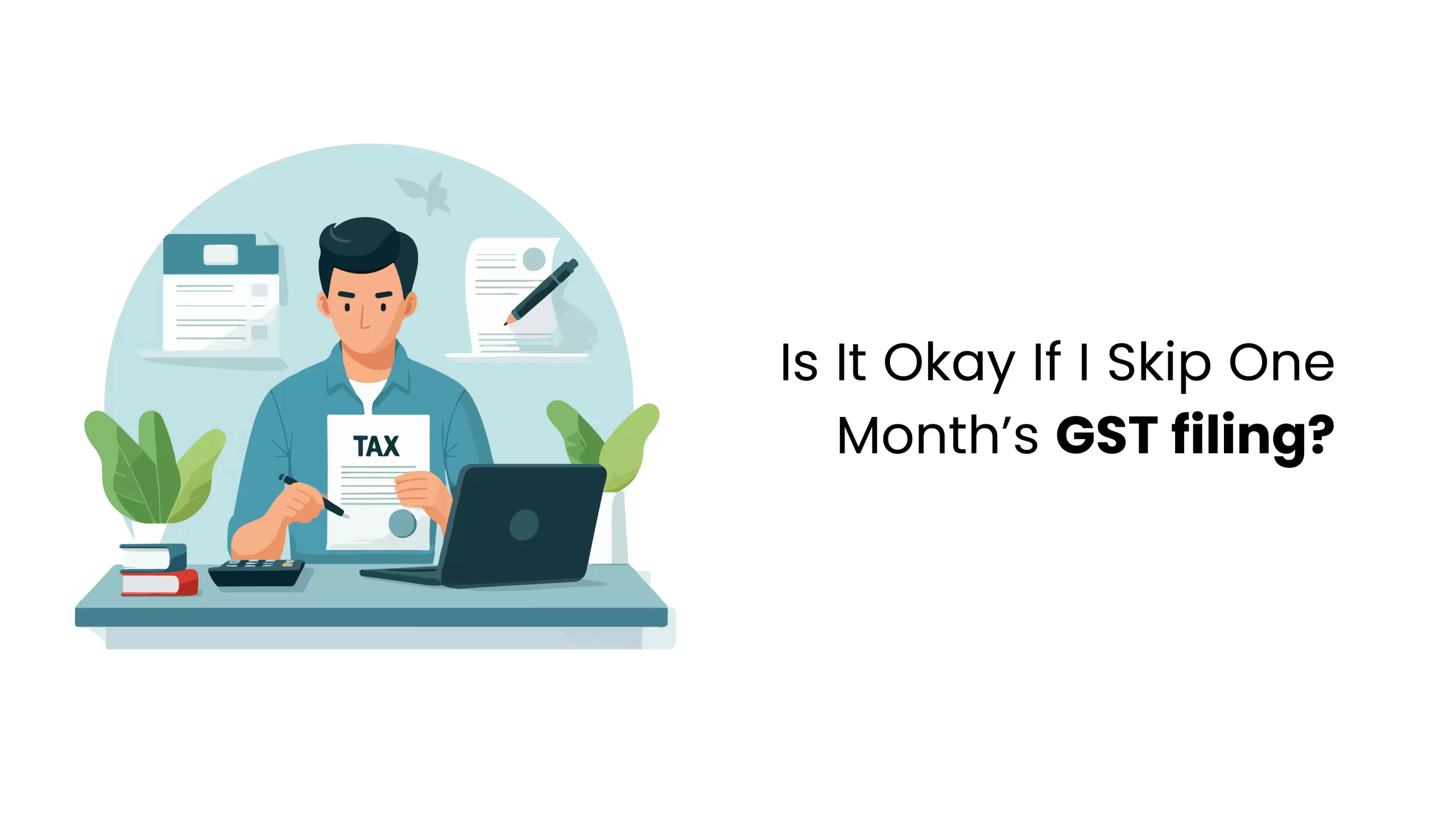A/B testing, also called split testing, compares two versions of a webpage, app, or element to see which one works better. This involves testing elements with similar audiences, such as headlines, landing page images, or call-to-action (CTA) buttons. The aim is to determine which version leads to more conversions, engagement, or other desired results.
Different Ways to Conduct A/B Testing
Digital marketing professionals who are working in B2B or B2C marketing can do A/B tests in various ways. They are given below;
Website A/B Testing
Different elements like text, images, colors, and call-to-action buttons by splitting visitors between two versions can be tested. You’ll watch how visitors act to see which version gets more people to take the proper action or make more conversions.
Email Marketing A/B Testing
It involves dividing your email list into two groups to see which version of an email—with different subject lines, images, or a call-to-action button—gets opened more often.
Content Testing
Through this testing content can be compared by editors with content picked by an algorithm based on user behavior to see which one gets more engagement.
No matter what you focus on, A/B testing helps you improve the customer experience (CX).
Why Need an A/B Test?
A/B testing works best when you do it regularly. Ongoing testing gives you a constant flow of ideas on how to improve performance. You can keep testing because there are almost endless things you can try. A/B testing can be used for many digital marketing tools, such as:
- Emails
- Newsletters
- Advertisements
- Text messages
- Website pages
- Parts of web pages
- Mobile apps

Steps to Perform an A/B Test
A/B testing is easy, but marketers must follow some clear steps. Here are the nine basic steps to plan and run an A/B test:
- Measure and check the current performance.
- Set a goal for the test based on that performance.
- Guess how your test will improve results.
- Decide what you want to test or where the test will happen.
- Create the A and B versions to test.
- Use a QA tool to make sure everything is set up right.
- Run the test.
- Track and check the results using web and testing tools.
- Use what you learn to make the customer experience better.
By following these steps, with clear goals and a strong guess—you can avoid common mistakes in A/B testing.
Tests will give you valuable data to help you improve your performance. What you learn from A/B testing can help you make a bigger impact, create a more engaging customer experience (CX), write better content, and design more attractive visuals. As you keep making improvements, your marketing strategies will work better, increasing your ROI and bringing in more revenue.
Benefits of A/B Tests
Website A/B testing is a great way to find out what works best for your visitors. You might discover that your idea was right or that it needs some changes. Either way, you will only use something that works. This can bring in more visitors who will spend more time on your site and click on more links. By testing parts of your commonly used website, you can improve the page you’re testing and other similar pages.
Analytics in A/B Testing
Analytics is very important for every part of an A/B test, from planning to running and checking the results.
When creating a test hypothesis, it’s crucial to understand analytics. You need to know how your website is currently performing and how much traffic it gets. Here are some key data points your analytics system will give you during planning:
- Traffic: This includes page views and unique visitors to the page or element you’re testing.
- Engagement: This includes how long people stay on the page, how many pages they visit, and the bounce rate (how many people leave without taking action).
- Conversions: This includes clicks, sign-ups, and how many people drop off before completing an action.
- Performance Over Time: This shows how the metrics change over time.
With a good understanding of analytics, you might rely more on personal opinions, which testing can often show to be wrong.
Interpreting A/B Test Results
It’s important to set clear goals when planning your test so you can check the results, see which version is better, and update your marketing campaign or website based on the winning outcome. Often, a holdout group will only see the winning version of the message.
The test results will show which version did better based on what you decided to measure, such as:
- Number of visitors
- Open rates
- Click-through rates
- Sign-ups (for newsletters, etc.)
- Subscriptions
During the test, you monitor the two versions until you have enough data to make a solid conclusion.
A/B testing helps you figure out what your audience likes so you can improve your marketing and get better results. If you want to improve your skills, enrolling in a digital marketing course in Kochi can provide valuable insights into advanced SEO techniques and testing strategies.










